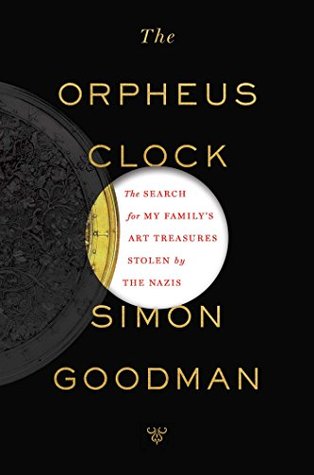More on this book
Kindle Notes & Highlights
Read between
January 28 - March 6, 2021
In 1968, the Degas was on public view again for seven weeks as part of an exhibition at Harvard’s Fogg Museum in Cambridge, Massachusetts.
Inwardly I wanted to scream, “If your grandparents had been murdered and all their possessions stolen—what would you do?”
Was it possible that the art establishment wanted to punish us for helping to expose its witting or unwitting role in the scandal of Holocaust art?
“We also regret what happened to your family,” the official continued.
the invisible “elephant in the room,” the Nazi cataclysm that had almost obliterated my family.
psychogenealogy, or “ancestor syndrome”—where some of us are links in an unconscious chain through the generations.
unpunished crimes continue to reverberate today.
the lost art as the “last prisoners of war”—
all those who had concealed, knowingly or not, the true origins of a work of art obtained by the Nazis between 1933 and 1945 were in fact prolonging the Holocaust.
Even though it is about the art, of course, it is not really about art—it is about justice.


